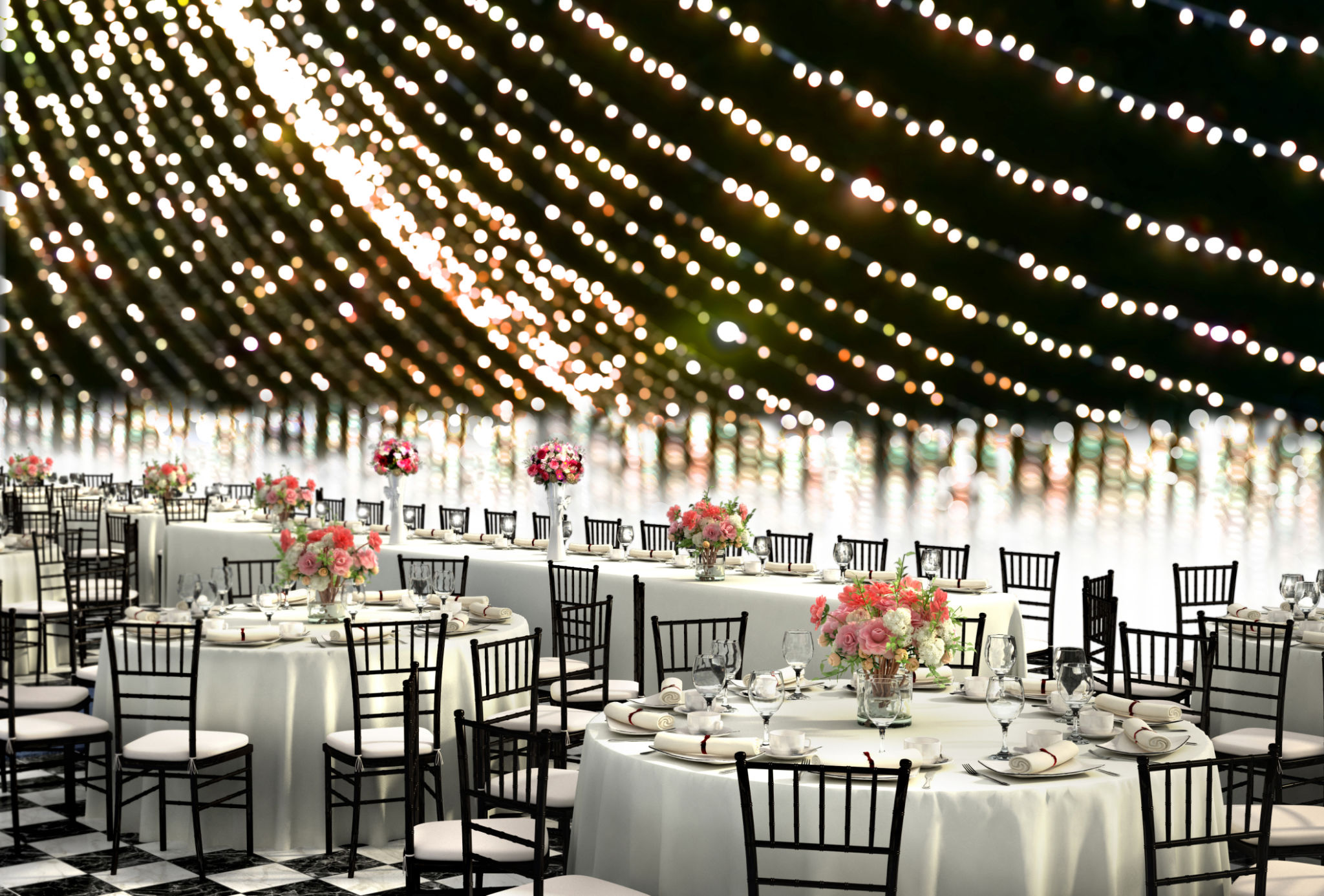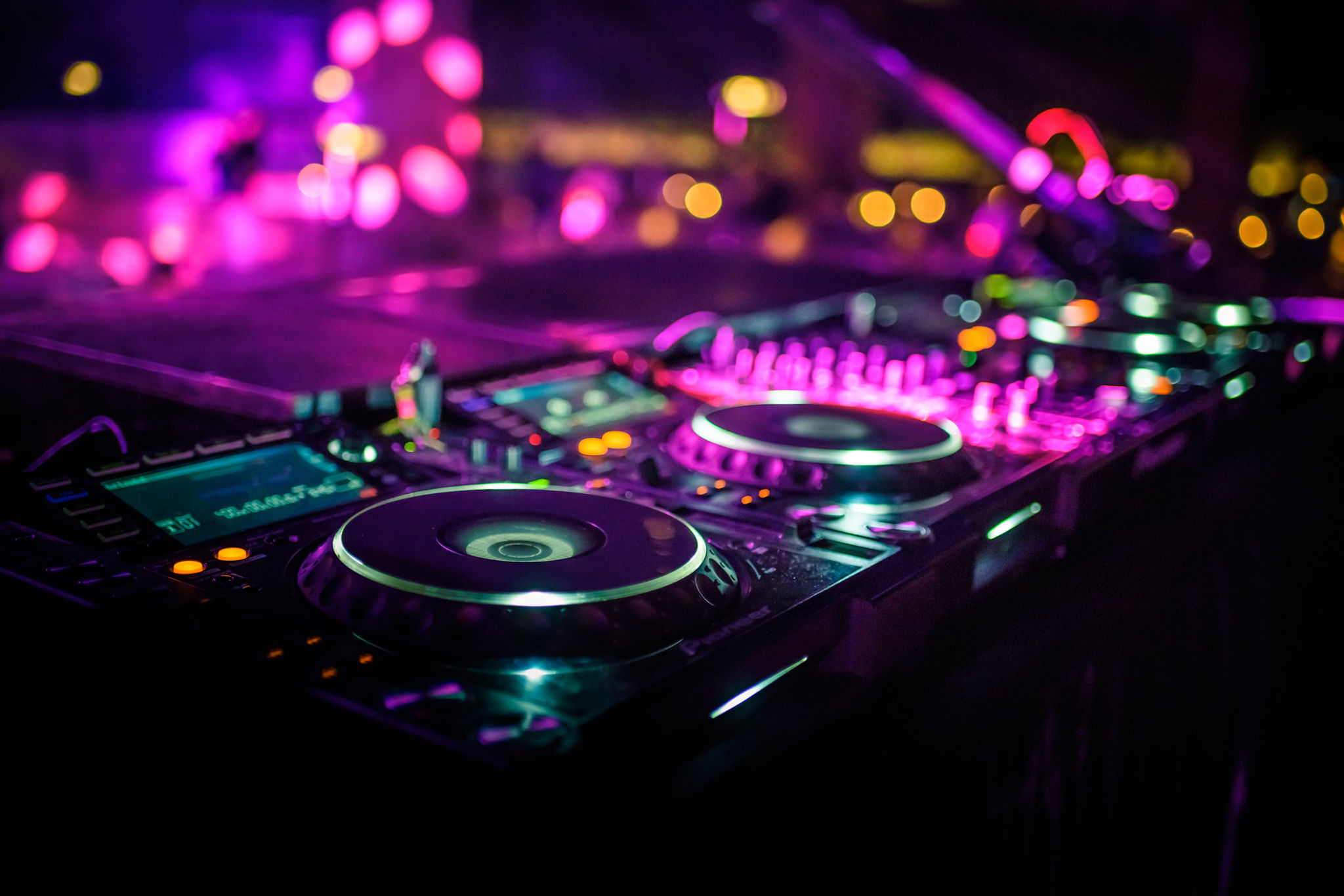How to Ensure a Smooth DJ Setup at Your Venue
Assessing the Venue
When planning a DJ event, the first step is conducting a thorough assessment of the venue. This evaluation will help determine the space available for equipment setup and audience accommodation. Consider the size, acoustics, and layout of the venue to ensure that the DJ booth can be positioned optimally. It's crucial to identify any potential obstacles that might affect sound quality or crowd flow.
Ensure that there are adequate power sources available for all the DJ equipment. It's advisable to have a clear understanding of where outlets are located and whether additional extension cords or power strips will be necessary. Remember, a lack of power can disrupt the entire event.

Coordinating with the DJ
Communication with the DJ is vital for a smooth setup. Discuss the technical requirements in advance, including equipment needs such as mixers, turntables, and speakers. Inquire if the DJ will bring their own gear or if they need anything provided by the venue.
It's also important to align on the schedule. Agree on arrival times to allow enough room for troubleshooting any unforeseen technical issues. This collaboration ensures that both parties are prepared and on the same page.
Understanding Equipment Needs
Different DJs have varied preferences when it comes to equipment. Some may require specific brands or models, while others might need only basic necessities. Clarifying these details ahead of time can prevent any last-minute surprises and ensure the DJ is comfortable with their setup.

Optimizing Sound Quality
Sound quality is a critical component of any DJ performance. Assessing the acoustics of the venue is essential. Factors such as ceiling height, wall materials, and room size can all impact how sound travels. Use this information to strategically place speakers for optimal audio distribution.
Consider using soundproofing materials or acoustic panels if the venue has echo issues. This will help enhance sound clarity and provide an enjoyable experience for attendees. Additionally, testing the sound system well in advance allows for adjustments to be made before guests arrive.
Managing Volume Levels
Volume control is another key aspect to consider. Ensure that the DJ understands any noise restrictions imposed by local regulations or venue policies. Encourage a soundcheck before the event to set appropriate volume levels that satisfy both entertainment needs and compliance requirements.

Ensuring Safety and Accessibility
Safety should never be overlooked during a DJ setup. Secure all cables and wires to prevent tripping hazards. Use cable covers or tape to keep them neatly out of walkways. Additionally, ensure that all equipment is placed securely on stable surfaces.
Accessibility is also important, particularly for guests with disabilities. Verify that pathways are clear and ramps are available if needed. Providing an inclusive environment enhances the overall experience for all attendees.
Preparing for Contingencies
Despite meticulous planning, unexpected issues can arise. Prepare for contingencies by having backup equipment on hand, such as spare cables and microphones. A quick response plan for technical malfunctions can help minimize disruptions during the event.
By paying attention to these critical factors, you can ensure a seamless DJ setup at your venue, providing an unforgettable experience for guests and performers alike.
